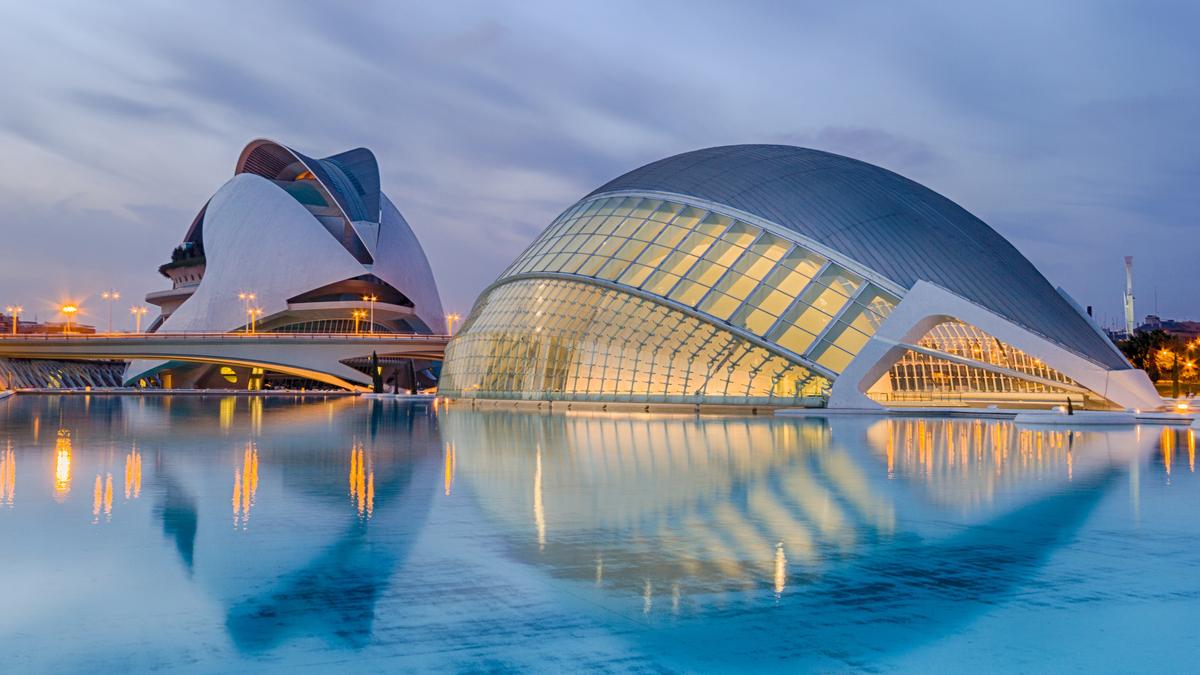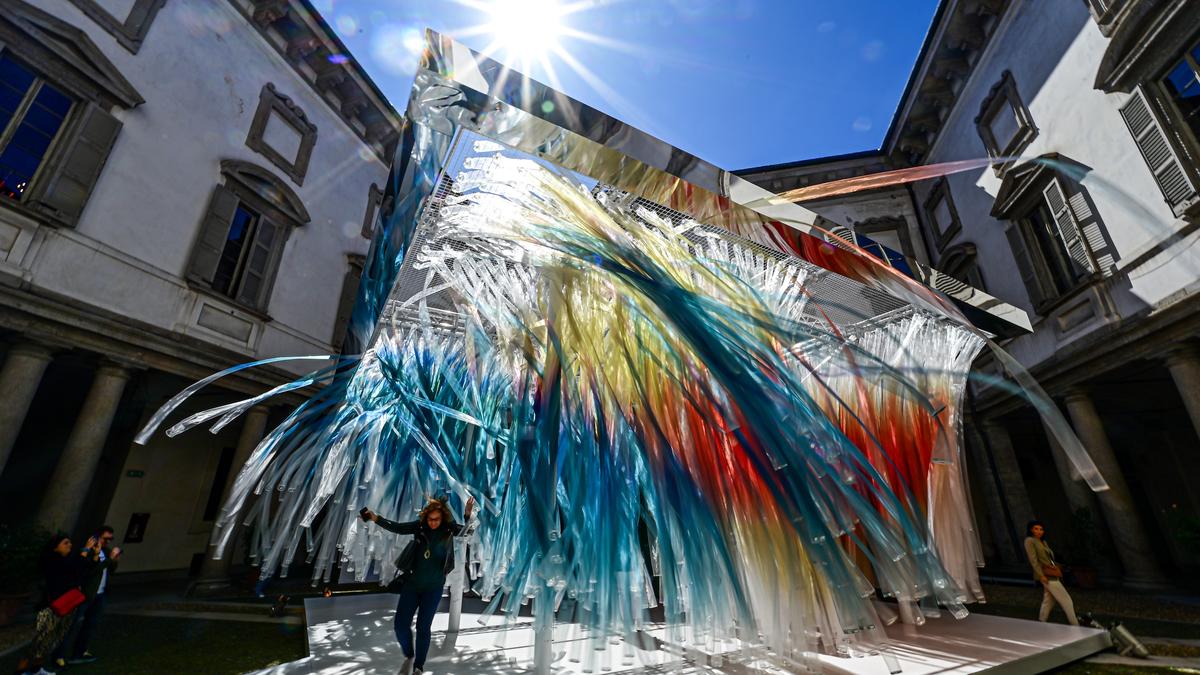
A theatre maker facilitates an engaging rendezvous between Mumbai residents and the trees of Bandra in spring
Sananda Mukhopadhyaya loves trees. You can tell from the twinkle in her eyes and the gentle admiration with which she looks up at them. It’s the reason why ten of us are gathered at 7am at the Reclamation Bus Depot in Mumbai’s Bandra neighbourhood. We have been promised a tree walk, titled Mumbai Overstory. It takes its name from The Overstory by Richard Powers, a 2018 book about life experiences with trees. This is one of the many literary nuggets Mukhopadhyaya, 36, shares during the walk.
Another thing that becomes apparent early on is that she is a performer. She holds a pose like a dancer, breaks into different accents and voices, and tells a story with the prowess of a seasoned actor. It is her background as an arts-based educator and theatre maker that makes Mumbai Overstory such an engaging walk.
We finally get into the storytelling a short distance from the meeting point. Mukhopadhyaya tells us a bit about herself and what one could expect from the walk. She grew up at the Bhabha Atomic Research Centre (BARC) Colony in Trombay with scientist parents and a tree-loving grandmother. The latter ensured her childhood was spent ensconced in the lap of nature with lush surroundings, and a steady supply of saplings from their home state of West Bengal.
When Mukhopadhyaya moved to Mumbai as an adult, she found the lack of green and camaraderie around trees disorienting.
“I would talk about what’s blooming and fruiting, and people would meet me with a certain kind of confusion. It wasn’t part of their vocabulary,” she says. Mukhopadhyaya strongly feels that mapping seasonal changes in trees around us are signals of life, which should affect everyone.
“I have found a lot of meaning in this—for instance, the golden orioles always arrive on the copper pods when they bloom in order to camouflage. They typically mark the arrival of spring. I lean on these markers for a sense of grounding in the otherwise mad city,” she adds.
The walk was developed in 2020 as part of a workshop by Alisha Sadikot, co-founder, Art and Wonderment, a company that curates walks to deepen conversations about art in the city. “The walks can offer a look into your neighbourhood, allows walkers to recognise what’s growing around them, and establish a co-relationship with them,” says Mukhopadhyaya, who typically conducts the walk in Bandra throughout spring but has covered other locations as well in the past, such as Kala Ghoda and Lower Parel.
A cross-section of common Mumbai trees, a safe path to walk on and a relatively noise-free environment on a weekend are her only parameters for a good walk. She introduces you to trees with the warmth reserved for a loved one. It isn’t an exhibit but a living, breathing inhabitant of the city.
The first one is the popular Tabebuia rosea, or rosy trumpet, more commonly known as the desi cherry blossom that paints the streets and Instagram pink when in bloom. Mukhopadhyaya delves a little into the origin and history of the tree and the desirable characteristics of an “avenue tree” in the city. The next tree is Alstonia scholaris or devil’s tree, well-known for its sharp, sweet smell that signals the arrival of winter.
The other avenue trees we meet are the popular copper pods that give the Mumbai spring its yellow carpets, and the majestic cannon ball tree, which invokes reverence and mysticism in equal measure. There’s Maharashtra’s state tree jarul, the flowery kachnar, and the strangler fig, among others.
It’s unusual to be on a walking trail, looking up and not around you. A massive rain tree that shelters countless bats or a lone baobab you may have walked past before now holds your attention. Mukhopadhyaya reads out poems and prose that speak of trees, and picks up pods and seeds as souvenirs.
She attempts to liken the lives of trees to our own—the fact that they resist the concrete urbanisation to spread their roots far and wide. It’s amazing to see how each has adapted—the quintessential Mumbai mango tree grows vertically, often in a zig-zag manner around buildings, adapting to the lack of space.
We are taught to look at trees through a lens of what they give human beings—fruit, flowers, shade and wood. This is what Mukhopadhyaya is trying to change through her walks, by getting people to look at trees beyond being providers of fruit and shade.
The walk is a little over two hours long and covers a distance of 2.5km. It will leave you more connected to and aware of the trees in Mumbai, and every time you walk, you will take a moment to look up. It made me realise that it doesn’t always require a vacation in the hills to be close to nature. Sometimes, an unhurried stroll through the neighbourhood will do.
Follow @sananda_mukho on Instagram for registrations and updates.
Prachi Sibal is a Mumbai-based writer.
Source | Powered by Yes Mom Hosting





